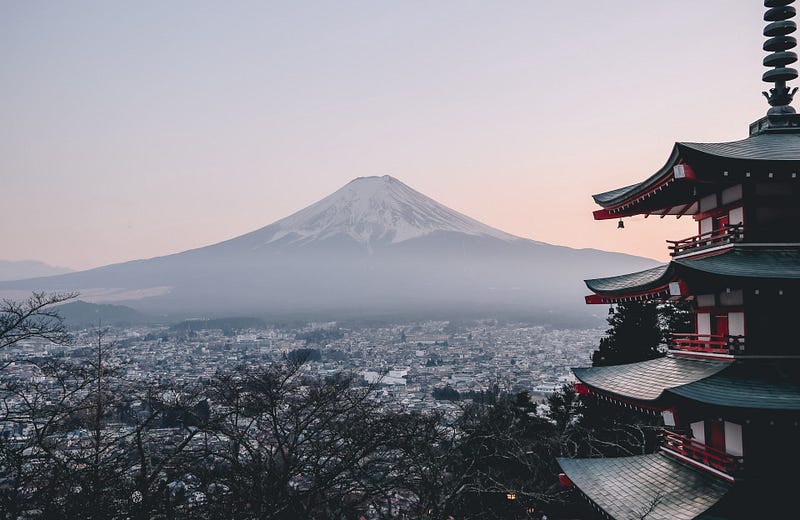In The Book of Five Rings, Musashi reveals the rules of mastery. Step one:

5 min read

The Book of Five Rings was written in one sitting.
“I take my brush and begin to write, at 4:00 A.M. on the night of the tenth day of the tenth month, 1643.”
Musashi is the most famous samurai in the history of Japan. Miyamoto Musashi fought innumerable enemies and never once lost a duel. As a matter of fact, many times Musashi fought against multiple enemies. Not even once did he fall.
After 30 years of life, he looked back and reached the conclusion that he did not achieve victory because of his understanding of martial arts.
Maybe his opponents were just incompetent.
Perhaps Musashi just had a natural ability for killing with the sword.
He did not feel like he had a good grip on martial arts.
20 years late Musashi completed 50 years old and finally felt satisfied with the understanding of his martial arts. A martial art that he could apply for any other art and activity and achieve mastery instantly.
He wrote in his book what we need to keep in mind when we learn about his school.
He starts:
Think of What is Right and True
Musashi comes from a culture of fallen samurai. Growing up, the samurai had stopped working in the field fighting. The contemporary social system dictated that the samurai spirit fit better in bureaucratic work.
At this time many samurai walked the lands with no job, no home, no food, and a sword.
The walking samurai represented a wild card in the common folk’s life. Some samurai helped other people and lived a peaceful life. Others dealt with the situation by killing, stealing, and terrorizing other people.
In a socially unstable environment, the common people were left to discover reality by themselves. Scattered around the wildland and urban environments the samurai class had to relearn its culture. This time not collectively with schools and war academies, but individually.
Think what is right
Observe the environment. Nature will teach what is appropriate and what is inadequate.

The circles of nature are perfect. A course of a natural system can only exist and sustain itself with it is perfect.
The same way that the water fills a glass cup, the geometry of nature fits the realm of what is possible.
Observing the patterns of nature we can learn rhythms that can be reproduced in other happenings.
Natural patterns are limited. Many of the happenings on earth are fruits of the same patterns repeated over and over in different shapes, sizes, rhythms, and mechanisms.
Miyamoto Musashi suggests that if you master the divine rhythm of a handful of natural phenomena you are able to extend this understanding of this particular vibration and apply any other art.
If you achieve mastery of painting you can apply the same principles for mastery of painting to any other art.

In this way, when a person becomes accustomed to a certain pattern, the human cognitive system takes care of highlighting the recurrence of this particular pattern when it occurs.
So, to learn what is right is necessary to observe nature and make a judgment about what works and what doesn’t work. It’s important to make the relevant questions about the possibility of an absolute objective right and wrong or a relative right and wrong that depends on the point of view.
Learning right or wrong does not only depends on learning and recognizing. Learning right or wrong also refers to the construction of an individual method for making the judgment of right and wrong in real-time.
This means that the samurai must be capable of judging right and wrong on the spot.
Do the right thing.
Think of what is true
Understanding what is true is important for the foundation of the being.
It’s impossible to shake a person founded on truth.

To think about what is true is necessary to first understand our limitation to perceive truth.
The human system is composed of cognitive systems.
Our cognitive system is not based on how things actually behave in all dimensions. People are interested in the practical use of nature for survival.
In our context, our vision is better prepared to recognize the precise relative location in space of any given object. In contrast, many animals (especially prey) have a cognitive system prepared to recognize movement.
This being so, it’s imperative to recognize that our mental projection of what is external to the human body is based on inaccurate information.
Only our cognitive equipment is inadequate to see everything at once.
Our bodies are not equipped to perceive the truth. We are built to manipulate the truth to our advantage.
This being so, to learn about the truth means to logically examine life experiences in order to consistently build a more accurate perception of reality.
Why is this relevant?
Musashi says that this is one of the key things to master before learning his school of martial arts.
Before mastering any art is important to understand what the truth is to properly manipulate it.
When acting it’s important to be prepared to make the adequate choice. To instinctively make choices without hesitation, think about what is right. To know what is right; think about the truth.
Become Self Sufficient In Cannabis
Also recommended to you:
